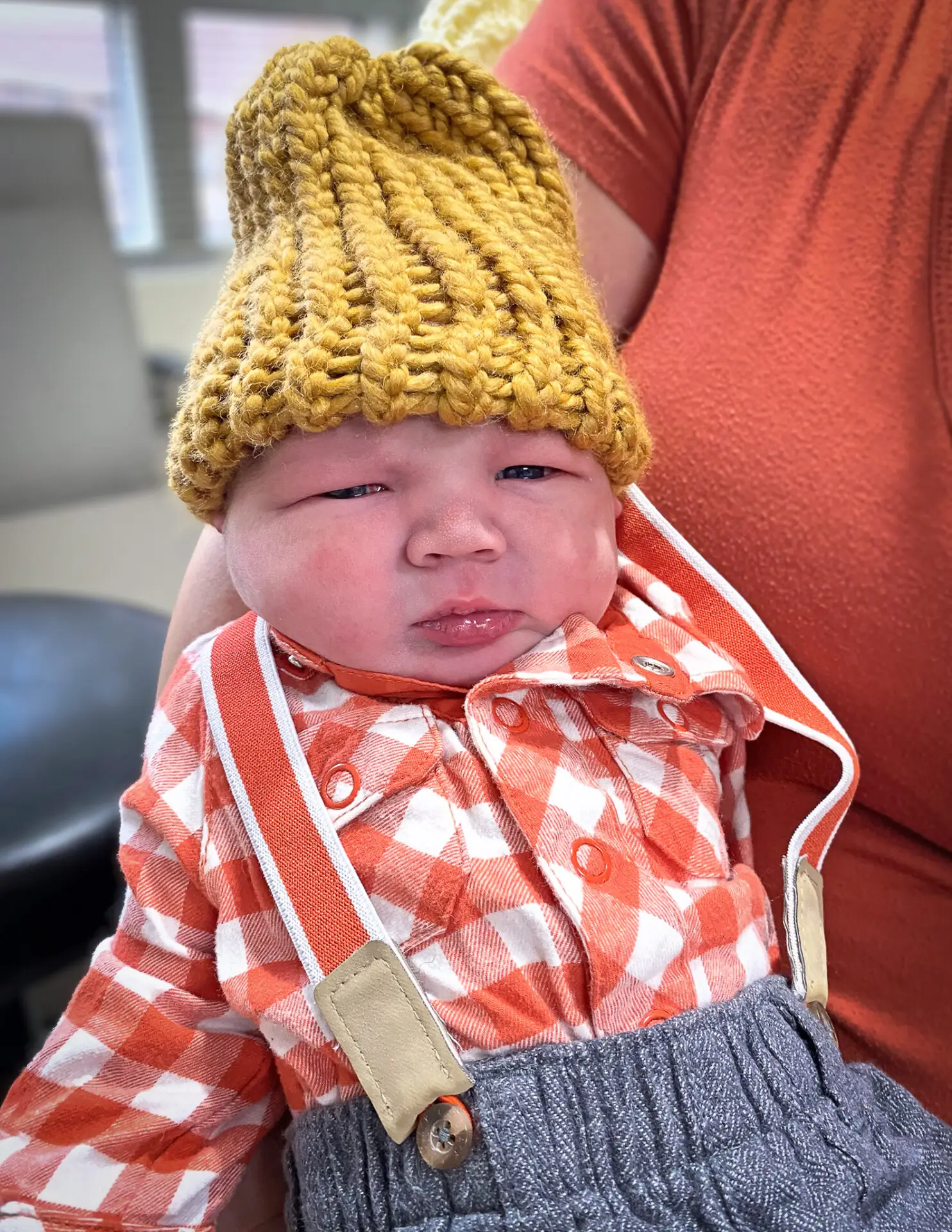The Colorado Plateau is home to many rare and unique geological formations and has attracted many scientists across the spectrum of geology. Science Moab highlights key takeaways from recent conversations with several scientists, discussing the unique geological features of this region. We spoke with geophysicist Alba Rodriguez Padilla, geotechnical engineer Taylor Hall, soil scientist Kristi Mingus, and Indigenous geologist and paleontologist Kevin Madalena.
Science Moab: What are Moab’s soils and rocks like?
Taylor Hall: This valley is, geologically speaking, unique and beautiful. Being founded on a collapsed salt dome, and having hazards associated with that, create a very curious and fun environment to do what I do. A couple of years ago, the Utah Geological Survey put out a hazard-guidance manual for the area, and it came with 13 geological hazards from the Moab environment. Some of those things are the Mancos shale. We also have “expansive soils”; you introduce a little bit of water, and things can get way out of hand. I’ve seen what we call “swell pressures,” or the load that you would need to put on the soil to prevent it from swelling, that’s on the order of tens of feet of soil. For instance, we have the airport out here, and we’re not going to put down 30 feet of soil just so we can put in a runway. It sparks these unique opportunities to engineer a system.
—-
Science Moab: What’s the goal of mapping all these remote soils in the US?
Kristi Mingus: It helps people understand how to best use the land. You can use the soil map to decide the best place to build a building or to decide what to grow in certain areas. If you’re curious what the native vegetation should be on a certain soil type, you can get insight into that. If you want to use the map for rangeland management, you can figure out what vegetation the land should be producing if it’s healthy.
Science Moab: Can you explain what is meant by soil health?
Mingus: That’s really location-dependent. On agricultural lands, we’ll use the term “soil health” to refer to soils that are being replenished and not degraded. When you’re talking about the desert, lack of health is related to a lot of usages, whether that’s from people walking off-trail in sensitive areas, or a certain area that has been hit really hard with grazing.
—-
Science Moab: Why do we have a series of faults right here in the Needles section of Canyonlands National Park?
Alba Rodriguez Padilla: For geologists, it’s a bit puzzling. It’s not a plate boundary, it’s in the middle of the continental US. But the reason is that the Colorado River has cut into a layer of salt at the base of the sandstone unit that is exposed all over Utah that gives us those beautiful red and beige colors. And what happens is that once the river cuts into these salt layers, the salt begins to flow towards the river. And as the salt flows towards the river, it drives the formation of the rocks that are sitting on top of it, and the formation is what gives rise to faulting in the Needles.
There’s something very special about how these faults behave. Because that subsurface flow is constant, it gives rise to constant motion on the faults. So the faults of the Needles don’t have individual earthquakes. Instead, they’re constantly moving very, very, very slowly, and they move at a constant rate. This is unique because most faults move through earthquakes. So looking at faults that move through fault creep, which is what we call this kind of motion, helps us understand what parts of faulting are not related to earthquakes. Then we can apply what we’ve learned from the Needles to faults in other locations that have a much more complicated history.
—-
Science Moab: The work you’ve done has spanned fossils and rocks, but also archaeology, conservation, and environmental policy. Can you describe that progression and how those topics connect?
Kevin Madalena: As Indigenous people, growing up in Jemez Pueblo, we were taught that we are literally born from this planet. As you mature, you begin to pay attention to all these catastrophic ecological phenomena. There’s a saying that as an Indigenous scientist, you have your right foot in academia, and your left foot is in the traditional Indigenous sense. So when both sides of your world are pointing at ecological disasters, you have to utilize both parts of your knowledge.
The one really compelling thing I noticed is that science only deals in absolutes, whereas in the Indigenous aspect of it, you have some wiggle room for philosophy in the traditional sense. There’s not much wiggle room in the hard empirical sciences, but I noticed immediately that any hypotheses can be changed with more empirical data. It took a while to reconcile both parts, but I finally adjusted.



